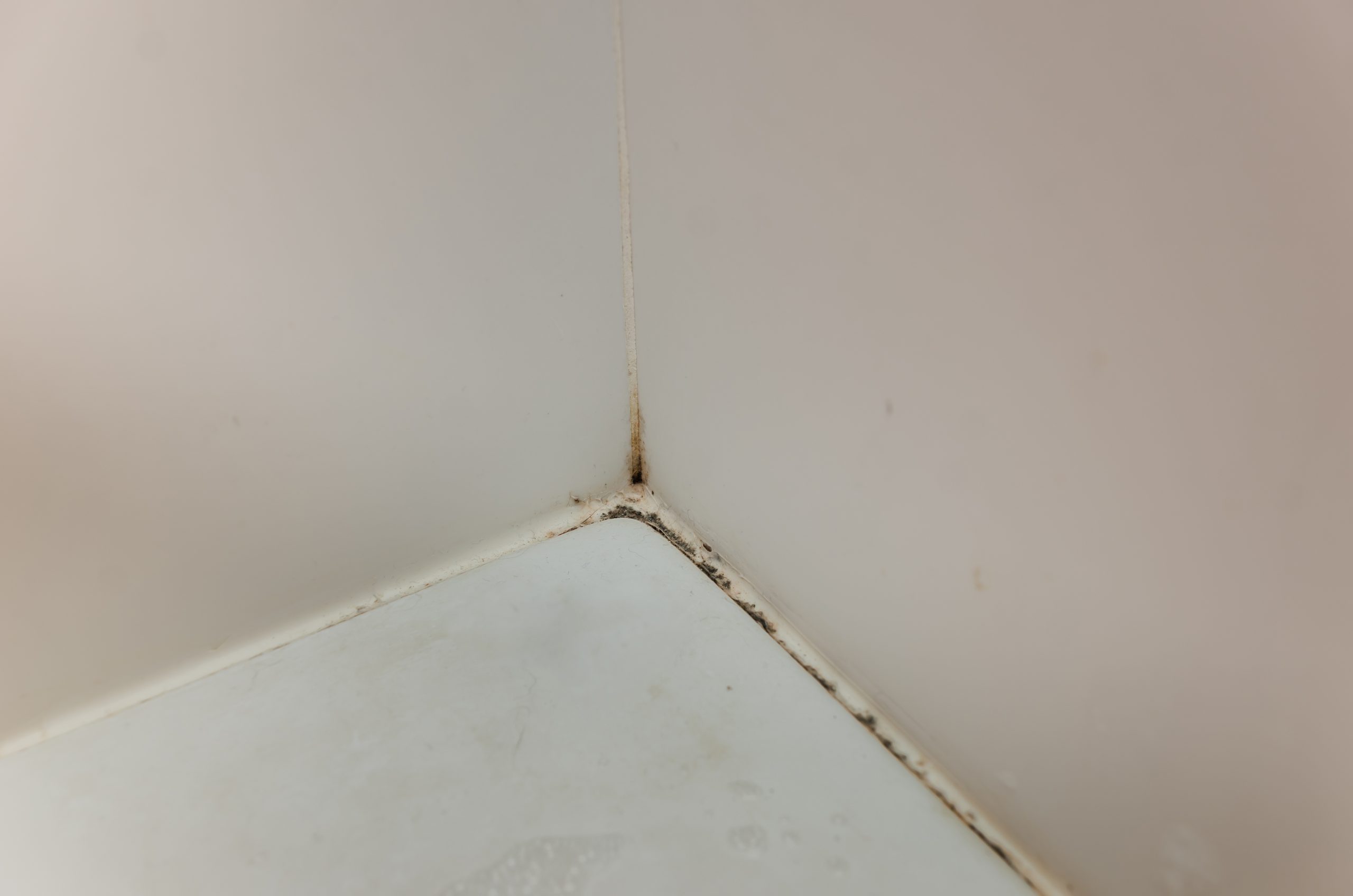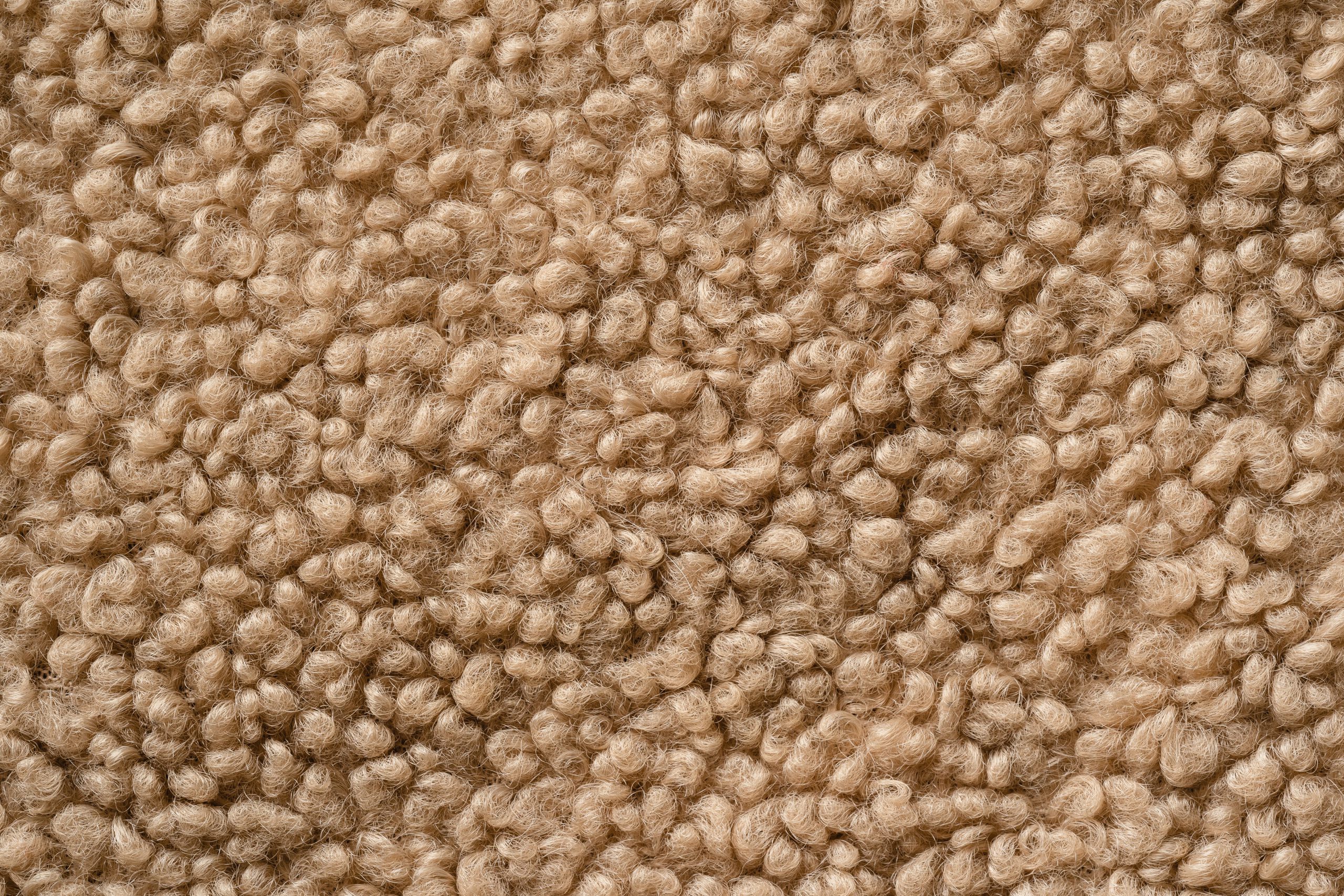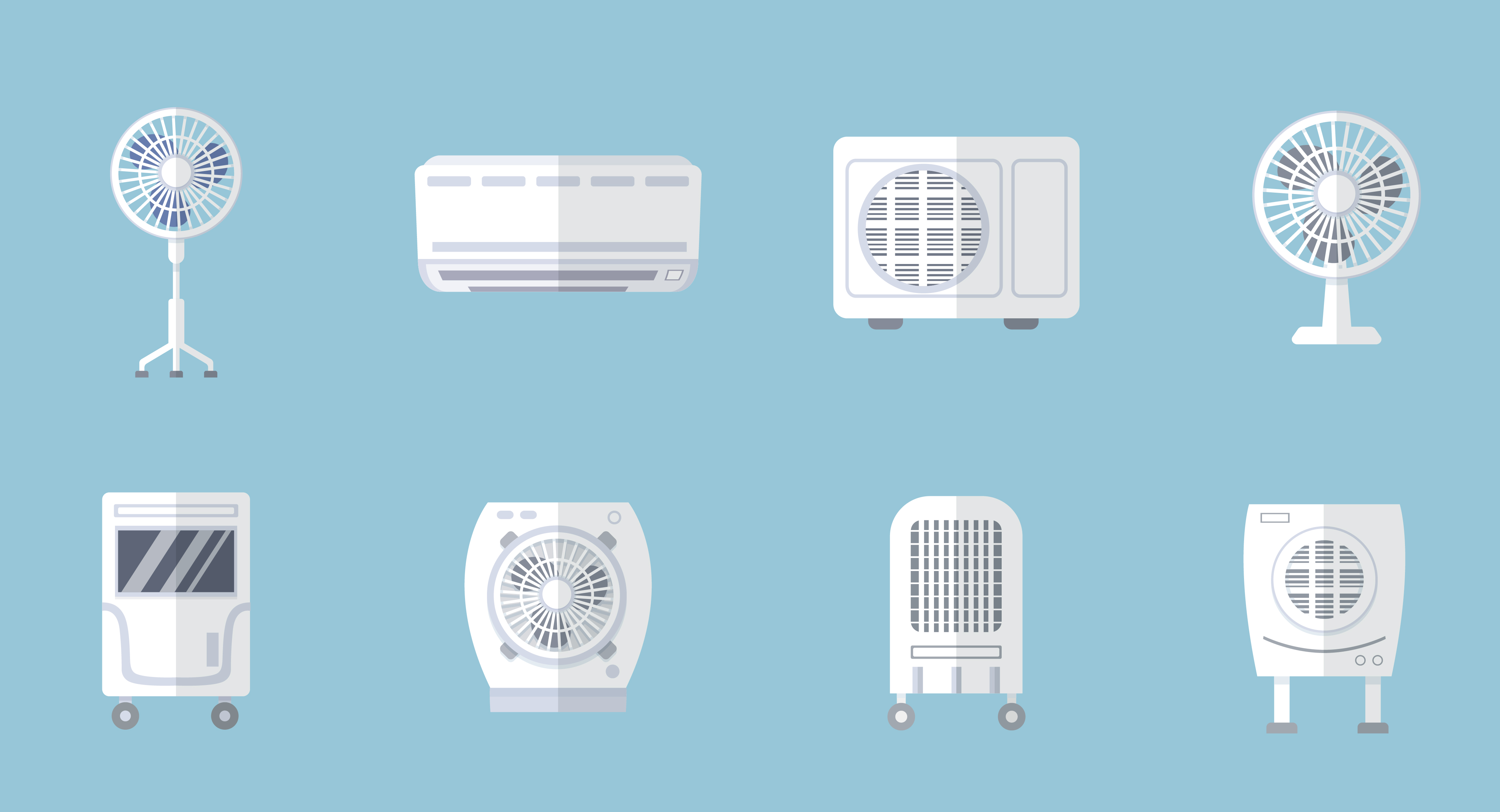What are the first signs of mould?

September 16th, 2021
Every homeowner worries at one time or another about possible traces of mould in their home. Mould, which is a fungus that is invisible to the naked eye, can be carried into the home by air currents, humans or even pets. To grow, moulds need water and nutrients such as wood, gypsum or cardboard. If they manage to grow enough, mould can cause health problems. The following blog post will give you some tips on how to recognize the first signs of mould so that you can take corrective measures as soon as possible.
How to recognize mould?
Mould tends to be found in damp and poorly ventilated areas. It can grow anywhere in the house. There are certain signs that can indicate the presence of mould or excessive moisture. Look for different coloured stains on walls, ceilings or carpets.
Mould is often greenish or black in colour. Look around windows, which can be damp and become a breeding ground for mould. Also check closets and other areas of your home. You may also recognize the presence of a characteristic mouldy or earthy odour. he presence of rings, curls, or flaking may be signs of water infiltration in the walls or ceilings. This could indicate that there is a problem hidden behind the building materials.
What to do!
When mould is detected, a thorough inspection of the home should be done to find the cause and take the appropriate steps to correct the situation. Some products can be used to clean mouldy surfaces, but if you don’t identify the cause, the mould will keep coming back. At least once a year, take the time to inspect the exterior of your home to make sure everything is in good condition (roofing, siding, eaves, gutters, joint sealing, drainage, etc.). If you have water damage, wipe off any visible water and air out the room. Use fans or a dehumidifier if necessary.
Any standing water in the house can be a breeding ground for mould. Also, make sure you have adequate ventilation in all rooms, especially those with high humidity, such as bathrooms and kitchens. The air exchanger should also be working properly, used properly and regularly maintained according to the manufacturer’s instructions. Also have your air ducts cleaned. If they are clogged, they will not function optimally and will not be of much help in controlling mould growth.
If you have the slightest doubt about the presence of mould inside your home, don’t hesitate to call professionals who can advise you on how to quickly resolve the situation. Your health and that of your family are at stake.











